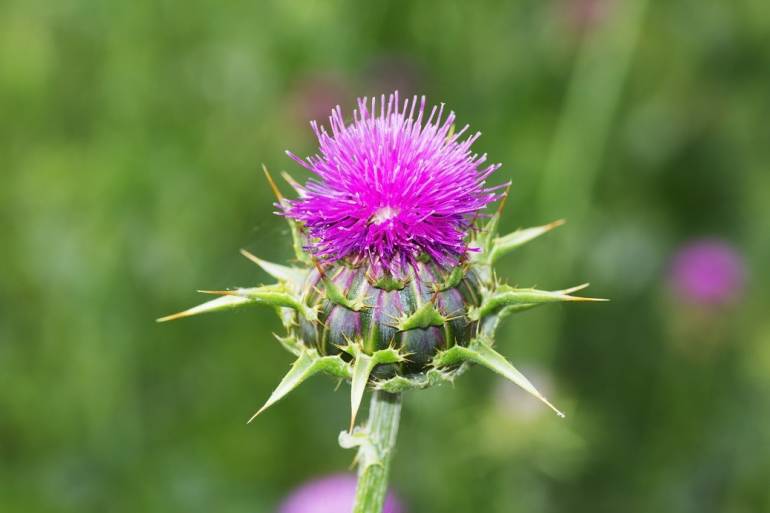Overheating the feet indoors alternates with cooling them while outdoors is not good for the condition of the skin. One of the problems in winter is also increased sweating of the skin of the feet. Is it just an aesthetic problem? How to prevent hyperhidrosis of the feet and how to deal with it effectively?
Table of Contents:
- Winter foot problems
- Increased sweating of the feet in winter
- How to deal with hyperhidrosis of the feet in winter?
- Proper foot hygiene in winter
Winter foot problems
Winter is one of the seasons during which it is worth paying more attention to the skin of the feet. Lower indoor temperatures prompt us to put on thick socks or wear more than 1 pair. When outdoors, we put on much heavier shoes, which provide at least partial protection from the cold and moisture. In addition, the feet are often exposed to temperature fluctuations – cold feet, chilled while outdoors, are later intensively heated to restore thermal comfort. The skin of the feet has access to fresh air much less often than in summer. A thick layer of clothing causes greater activity of sweat glands. Feet sweat more often and more intensely. On the one hand, this can trigger odor and cause discomfort, and on the other, increase the risk of developing tinea pedis.
Excessive sweating of the feet is not the only problem that occurs in winter. People with a tendency to keratinization and cracking of the skin of the feet often observe an intensification of these processes during the colder season. During this period, the skin requires strong hydration, nourishment, as well as regular removal of keratinized epidermis.
Increased sweating of the feet in winter
Increased perspiration within the skin of the feet and the associated odor is a rather bothersome problem for many people during the winter. As already mentioned, hyperhidrosis of the feet is not only a cause of discomfort, but also affects the health of the skin, increasing the risk of developing ringworm. A warm, moist environment promotes the proliferation of fungi.
Excessive sweating of the feet in winter can be easily recognized by increased moisture in the skin, socks, and softening of the skin covering the sole of the foot. Sometimes redness of the skin is also visible, as well as itching and increased flaking. Hyperhidrosis of the feet can occur in anyone. During autumn and winter, its development is mainly influenced by external factors to which the skin is exposed. A group of people particularly susceptible to increased sweat gland activity in winter are athletes who engage in physical activity outdoors.
How to deal with hyperhidrosis of the feet in winter?
How to deal with excessive sweating on the skin of the feet in winter? During the colder season, it is worth taking comprehensive care of the feet. It is important to choose the right footwear that protects well against low temperatures, as well as moisture. People exercising outside the home should pay special attention to sports shoes adapted to winter conditions. It should also not be too tight or too loose. It is also important to use socks made of natural materials. Nowadays there are many socks available that provide thermal comfort to the skin while facilitating moisture wicking.
In addition, struggling with hyperhidrosis of the feet, it is worth reaching for a product that regulates the sweat glands, reduces the secretion of sweat and reduces the formation of odor. An example of such a remedy is Pedipur therapeutic powder. It is a drug recommended, among other things, precisely for increased sweating of the skin of the feet. The methenamine contained in it has antibacterial properties. Upon contact with sweat, a compound (formic aldehyde) is released, which blocks the sweat glands. Thanks to the antibacterial effect, the activity of bacteria that are responsible for the unpleasant smell of sweat is reduced. Pedipur comes in the form of a powder, which is applied topically, to the skin of the feet affected by hyperhidrosis. Initially, the drug is applied 1-2 times a week, and after the desired effect is achieved, it is enough to rub it into the skin every 14-20 days. This is convenient for the patient, who does not have to remember to apply an anti-sweat product every day.
Proper foot hygiene in winter
In addition to the use of appropriate footwear and socks, as well as effective medications that regulate the sweat glands and reduce perspiration, it is also worthwhile to take care of regular foot skin hygiene. After prolonged exposure of the feet to cold temperatures, a warm bath can bring solace. Under the influence of heat, blood vessels dilate and blood supply to this part of the body improves. When preparing a warm foot bath, it is worth adding sage extract to the water, which reduces hyperhidrosis of the feet. After each bath, the feet should be thoroughly dried, paying special attention to the spaces between the toes. The next step is to apply a nourishing, highly moisturizing cream to help maintain healthy foot skin. In the selection of individual, tailored to the needs of a particular person foot care can help podiatrist, to whom it is worthwhile to visit not only in the case of already existing problems in the feet.
Comprehensive care of the skin of the feet during winter helps avoid many common problems, such as excessive sweating of the skin of the feet, cracked heels, dryness and a greater tendency to keratosis of the skin. Paying more attention to appropriate clothing, regular foot skin hygiene and the use of an effective hyperhidrosis medication will help reduce the problem of excessive sweating and improve the comfort of those who struggle with it. They also prevent the development of skin fungus. In addition, proper care in winter affects the condition and appearance of the skin of the feet in spring and summer.
Bibliography:
- Jablonowska O., Wozniacka A., Dziankowska-Bartkowiak B. Hyperhidrosis: causes and treatment options. Dermatol Rev 2020, 107, 246-256 doi: https://doi.org/10.5114/dr.2020.97776
- Taking Care of Your Feet. Clin Diabetes. 2021 Apr; 39 (2): 225. doi: 10.2337/cd21-pe02. PMID: 33986577; PMCID: PMC8061552
- Characteristics of the Medicinal Product Pedipur







